Author: Kimi Du
-
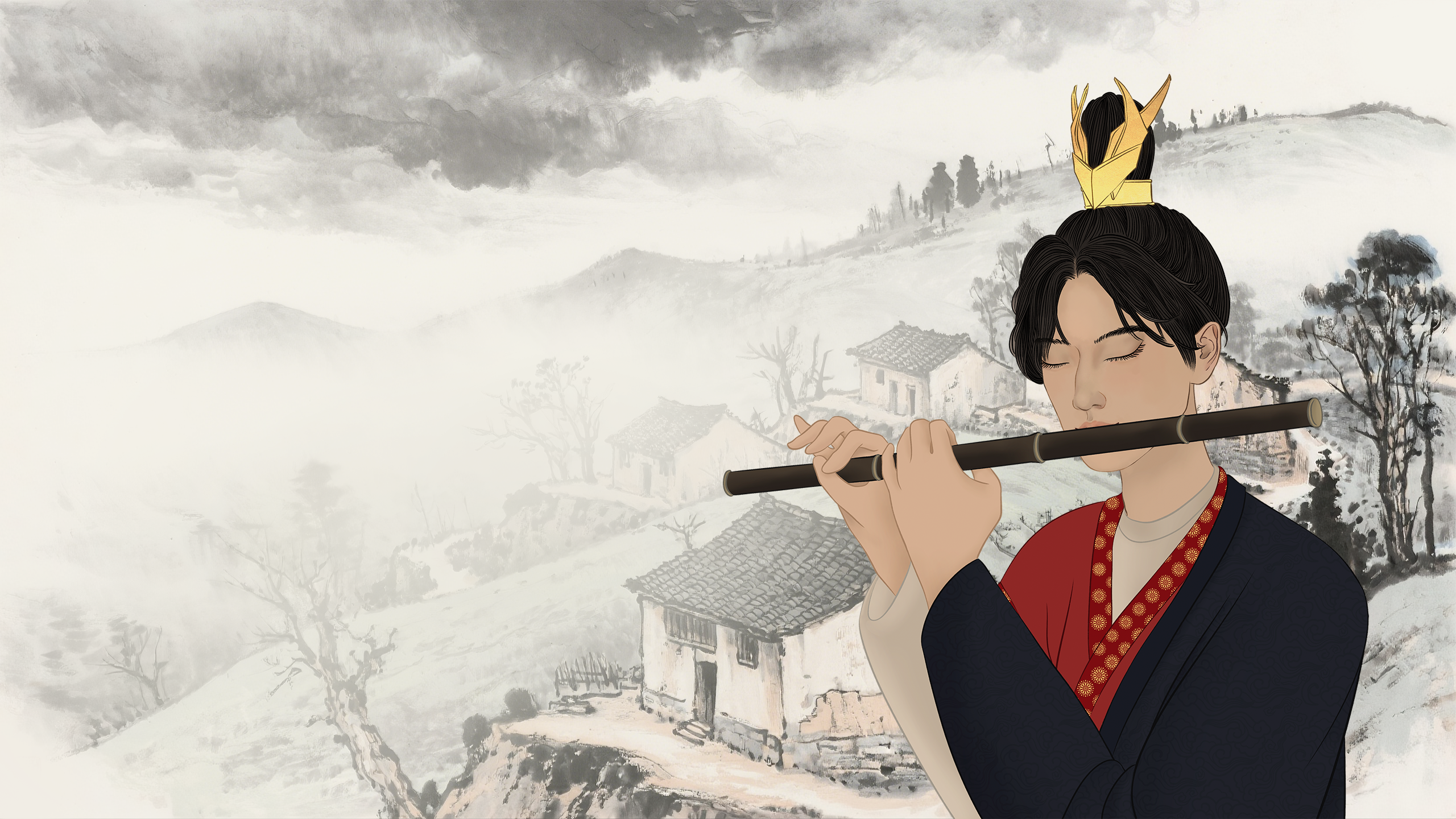
Post-Mortem
Introduction Lost Echo is a music-driven puzzle game developed by a six-person student team at Carnegie Mellon University’s Entertainment Technology Center (ETC). This student-pitched vertical slice was designed and implemented using Unreal Engine 5 over the course of a semester. The game draws heavy inspiration from traditional Chinese folk music, particularly the Nanzhao Fengsheng tonal…
-
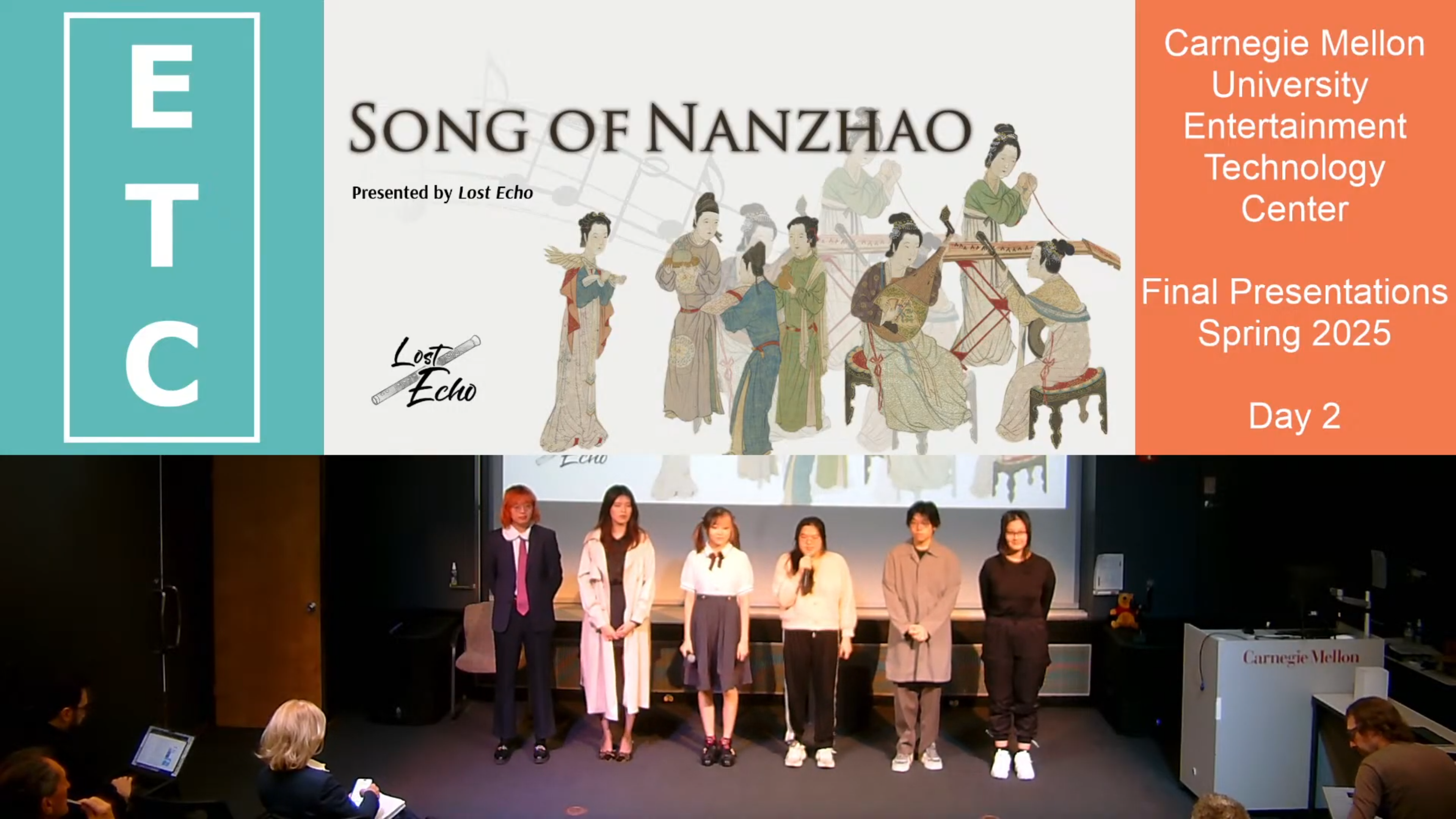
Week 14 Finals
Final Presentation (We started on 1:04:51) In the final week, we presented our deliverable to faculty and fellow students. During the presentation, we showcased a final gameplay video that highlighted key symbolic moments and core background narrative. We also shared the major design decisions we made after the halves presentation, and walked through the important…
-
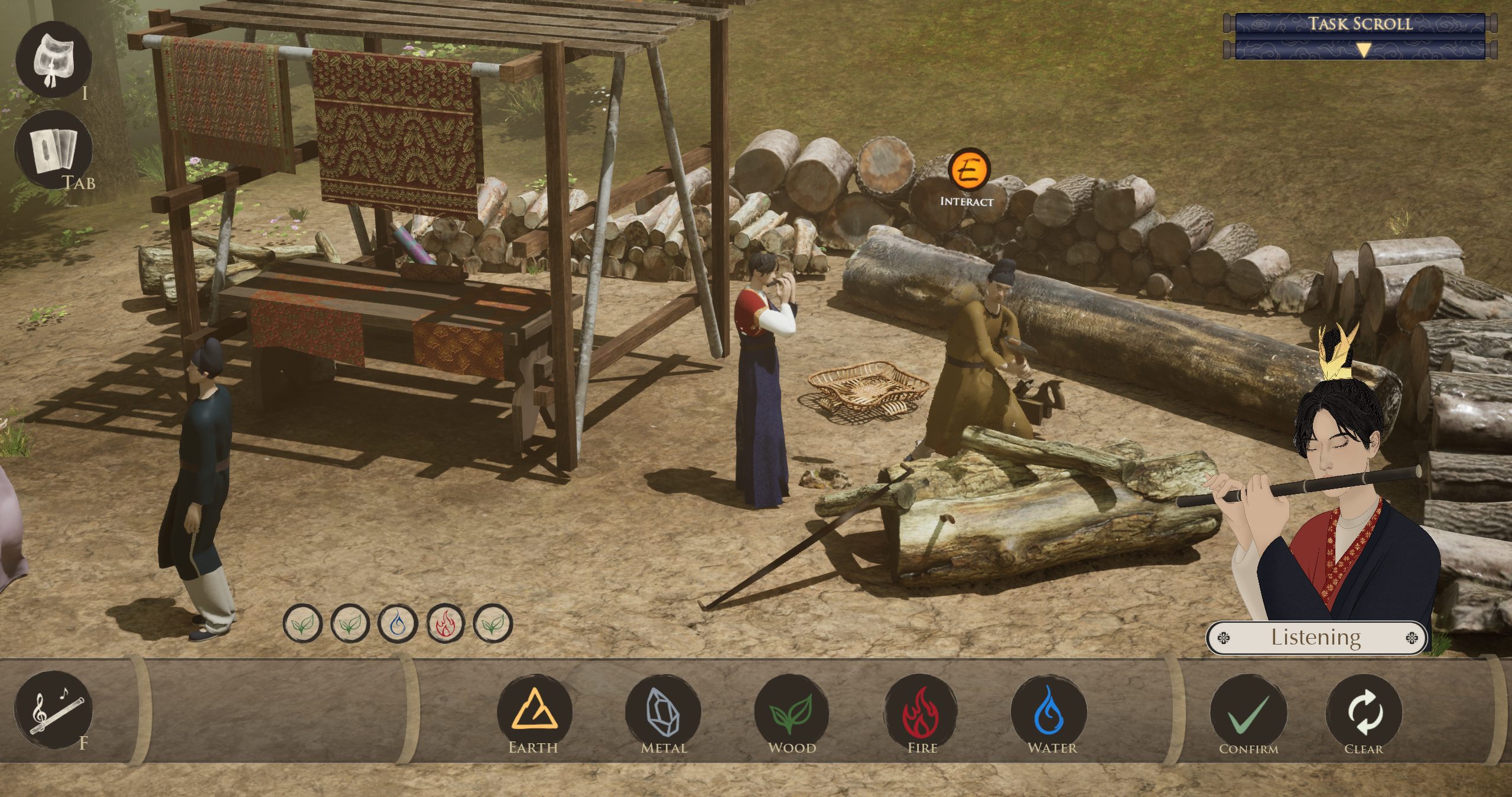
Week 13 UI/UX Refine
Throughout our soft opening and multiple playtest sessions, we received consistent feedback that while the core gameplay and narrative integration were smooth and well-received, there were recurring concerns about the UI layout and the UX experience it created—especially for first-time players. Core Problem Our game’s UI presented mixed layout orientations and visual hierarchy issues: This…
-
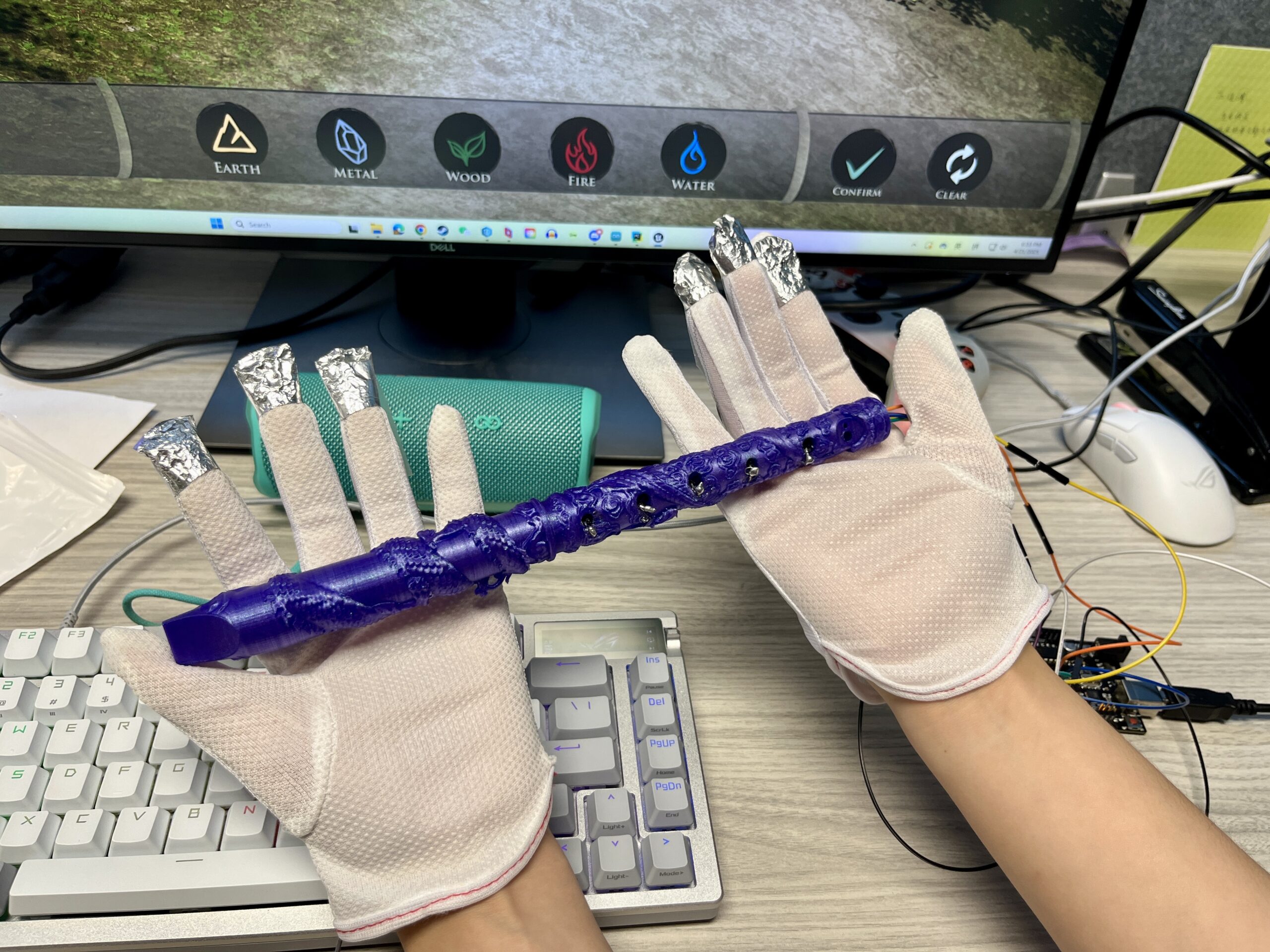
Week 12 Flute Controller!
In our original pitch, we proposed using Makey Makey to build a custom game controller. While we eventually shifted to a traditional keyboard and mouse setup for broader accessibility and stability, we didn’t abandon the idea of an alternative controller. Instead, we created a physical flute using 3D printing, Arduino, and some soldering work. When…
-
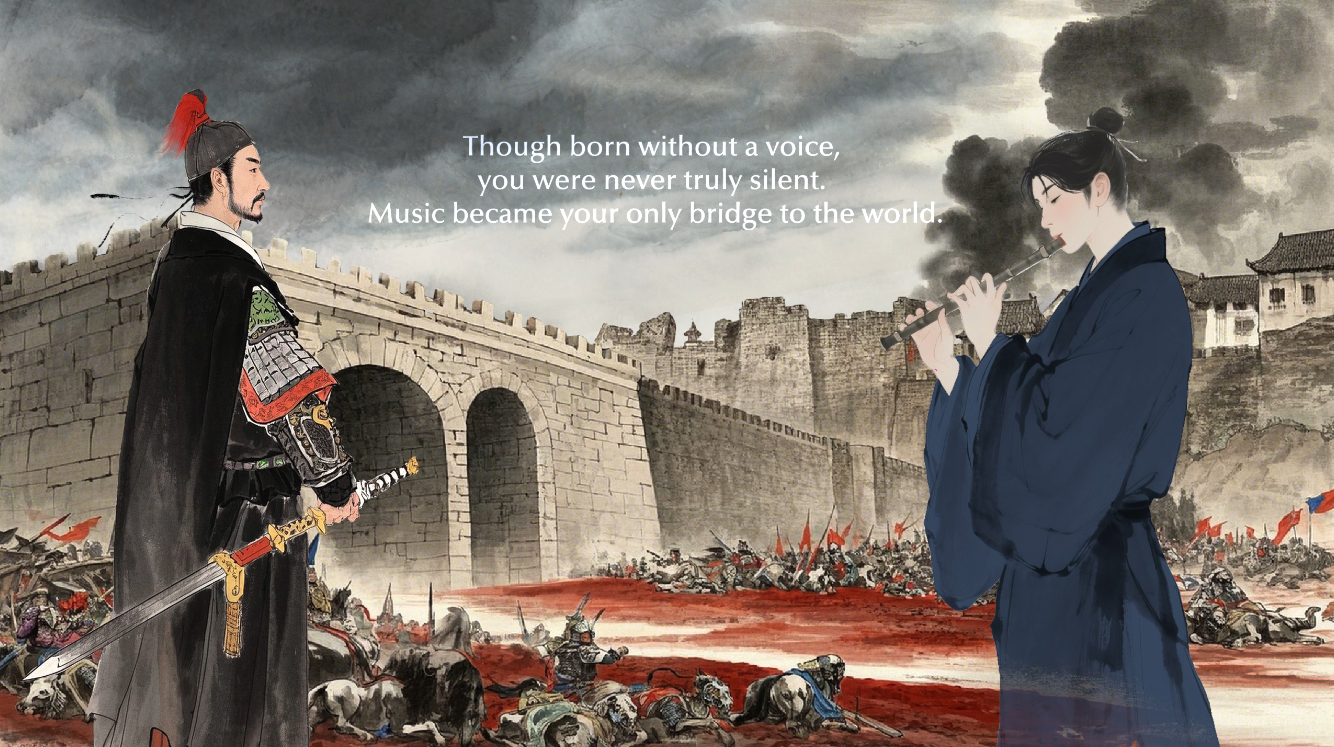
Week 11 Story & Narrative
As our game contains a significant amount of narrative and cultural storytelling, one of our key goals this week is to fully integrate characters and dialogue into the gameplay experience. This ensures the narrative is not only present but meaningfully intertwined with mission flow, environment interaction, and emotional progression. When designing our characters and their…
-
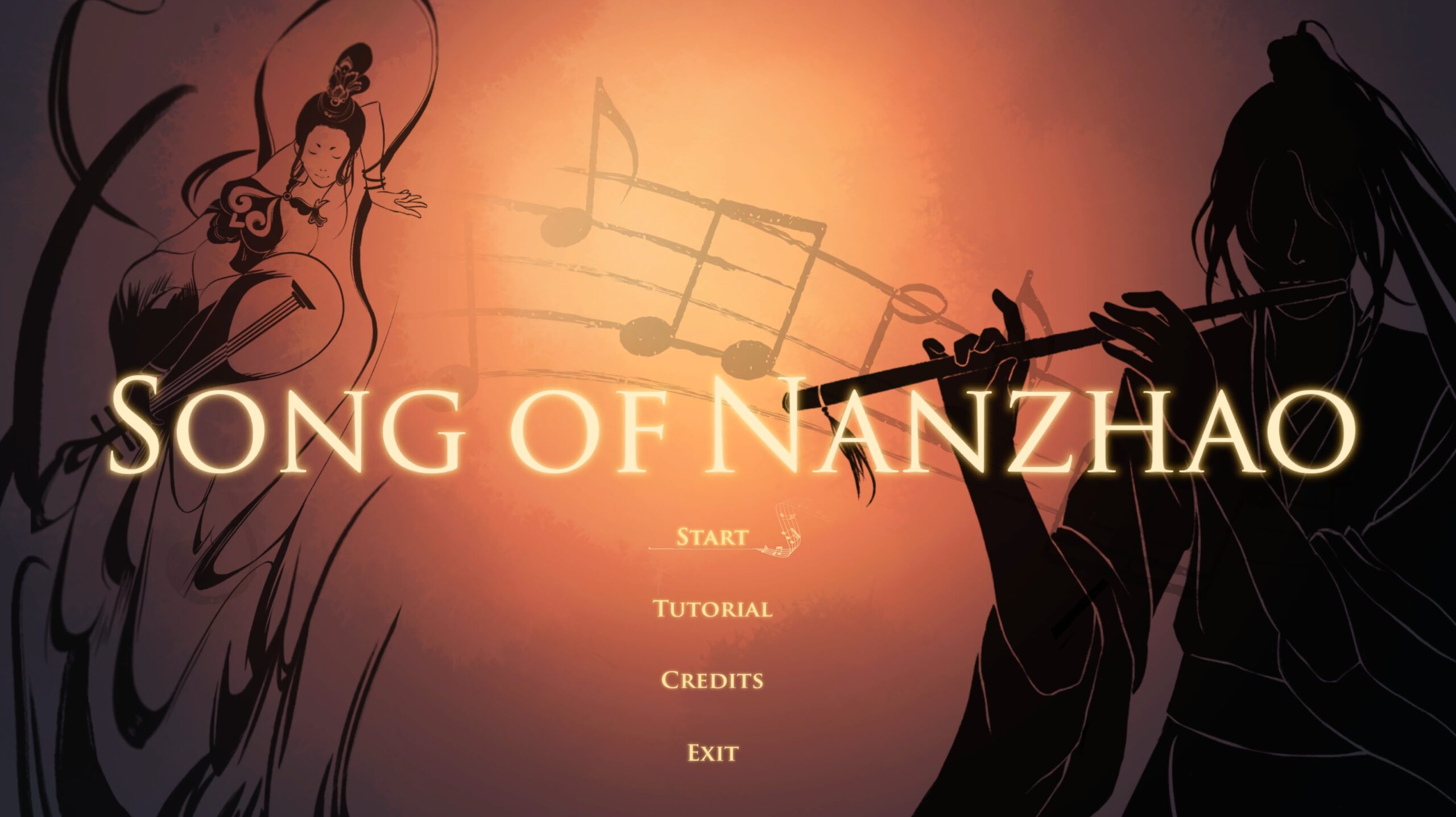
Week 10 Playtest Day!
On March 29, we hosted a playtest session for our lastest build and received a wide range of insightful feedback from players. Below is a summary of the key takeaways organized by category. Takeaways This round of playtesting gave us valuable insights into player expectations and usability challenges. Moving forward, we plan to:
-

Week 9 Art Integration
This week, four of the team members went to GDC San Francisco, so we only have two artists left. The artists have finished the 2D sprites and 3D models of all characters NPC in the game.
-
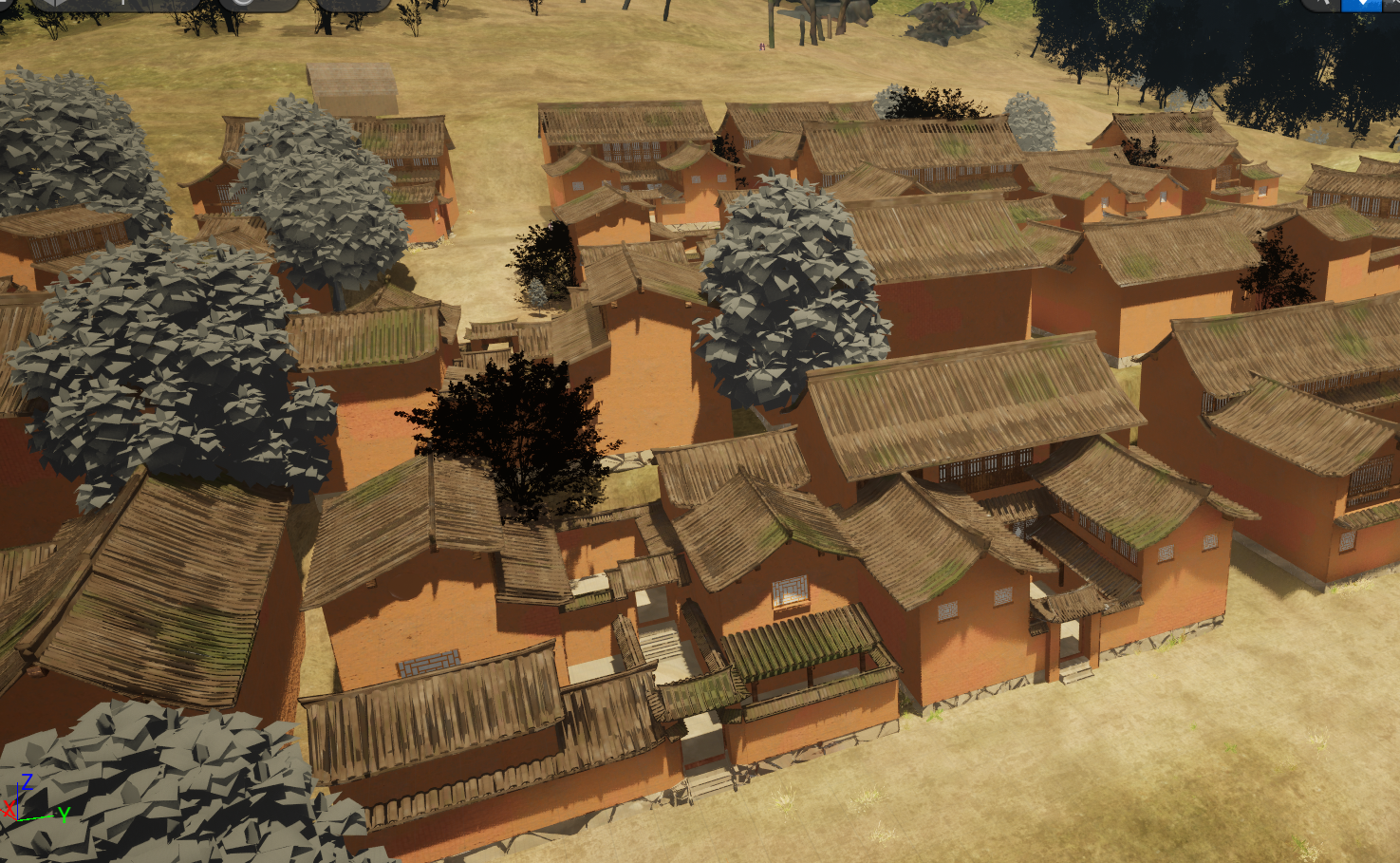
Week 8 Direction & Plan
This week, our environment artist finished modeling and texturing all major buildings and added environmental assets to the scene. We also discussed the art direction—focusing on how to make our game environment stand out while integrating a sense of war. Additionally, we created a toon shader and an outline shader to give the scene a…
-
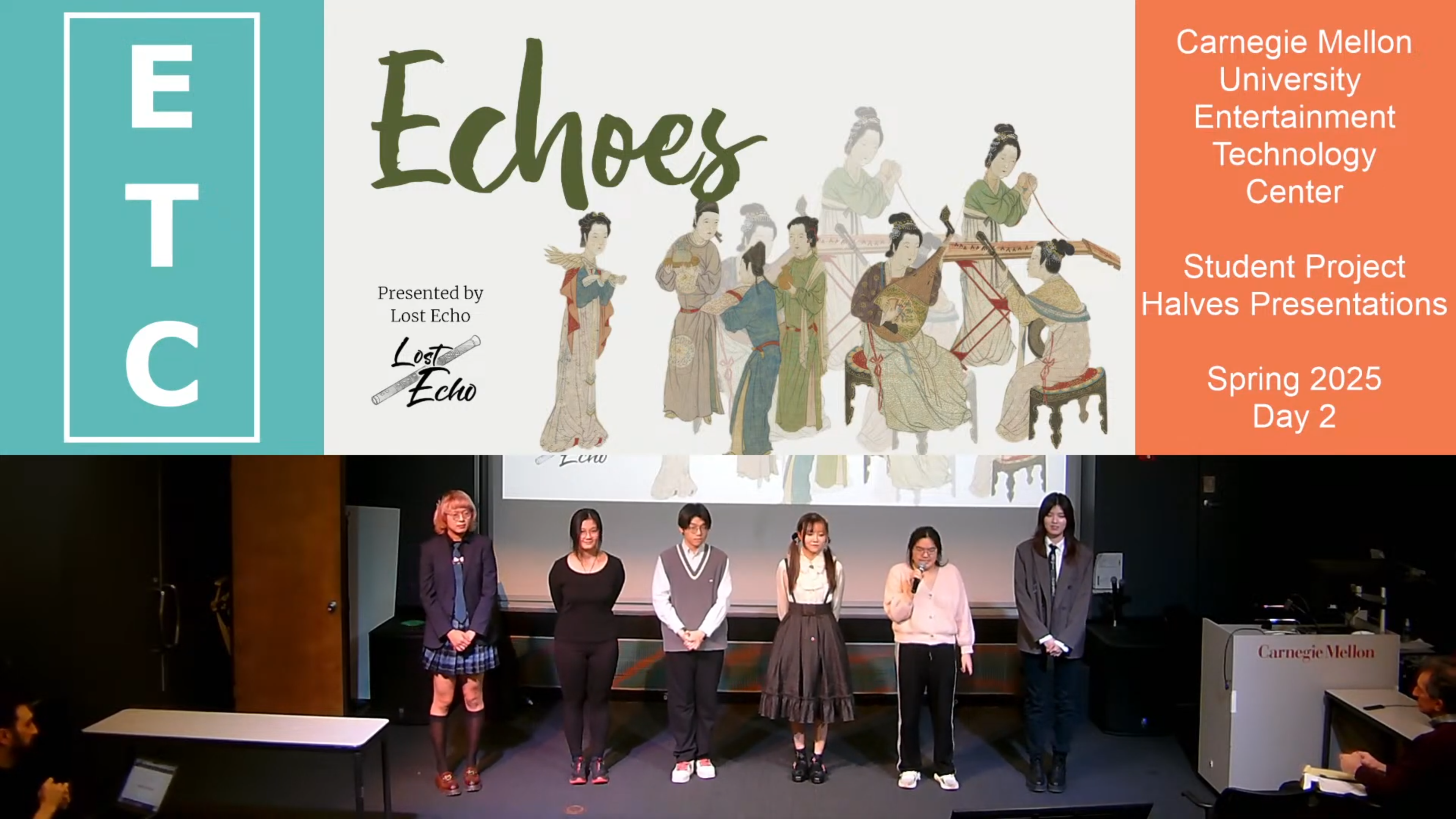
Week 7 Halves
On Wednesday, February 26th, we presented our Halves presentation in front of ETC faculty and students. Halves is a mid-semester milestone where all project teams present their progress to the entire faculty. Presentation First, we provided an overview of our project and its goals. We emphasized that our game is designed to spark interest in…
-
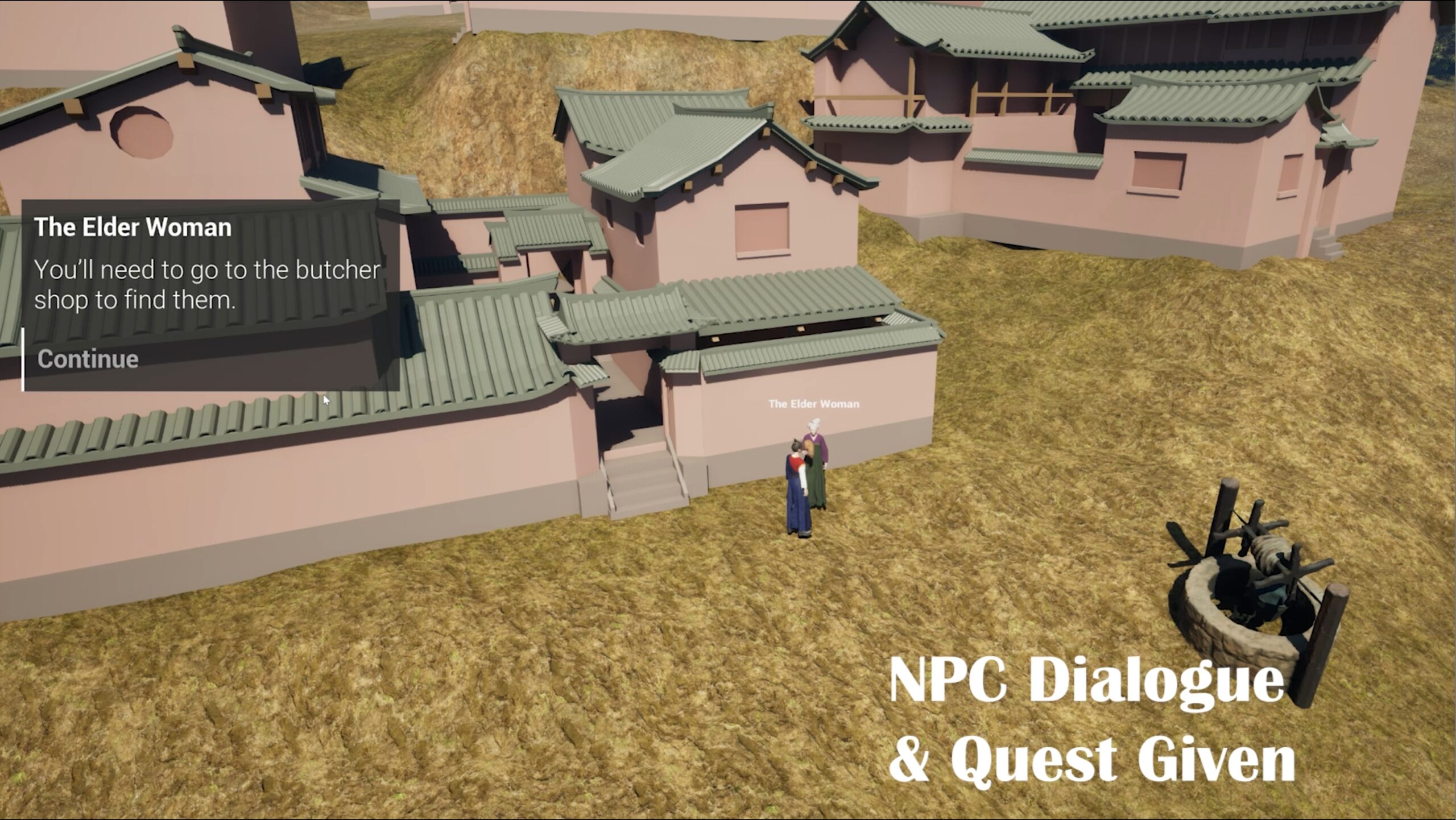
Week 6 Prototype
First Digital Prototype This week, the team completed the first digital prototype of the game. We brought this prototype, along with the paper prototype of the 2D puzzle, to playtest nights, gathering feedback on playtesters’ feelings and experiences. Playtest & Feedback Playtester 1: Playtester 2 & 3: Next Steps: The 2D puzzle mechanics need to…
